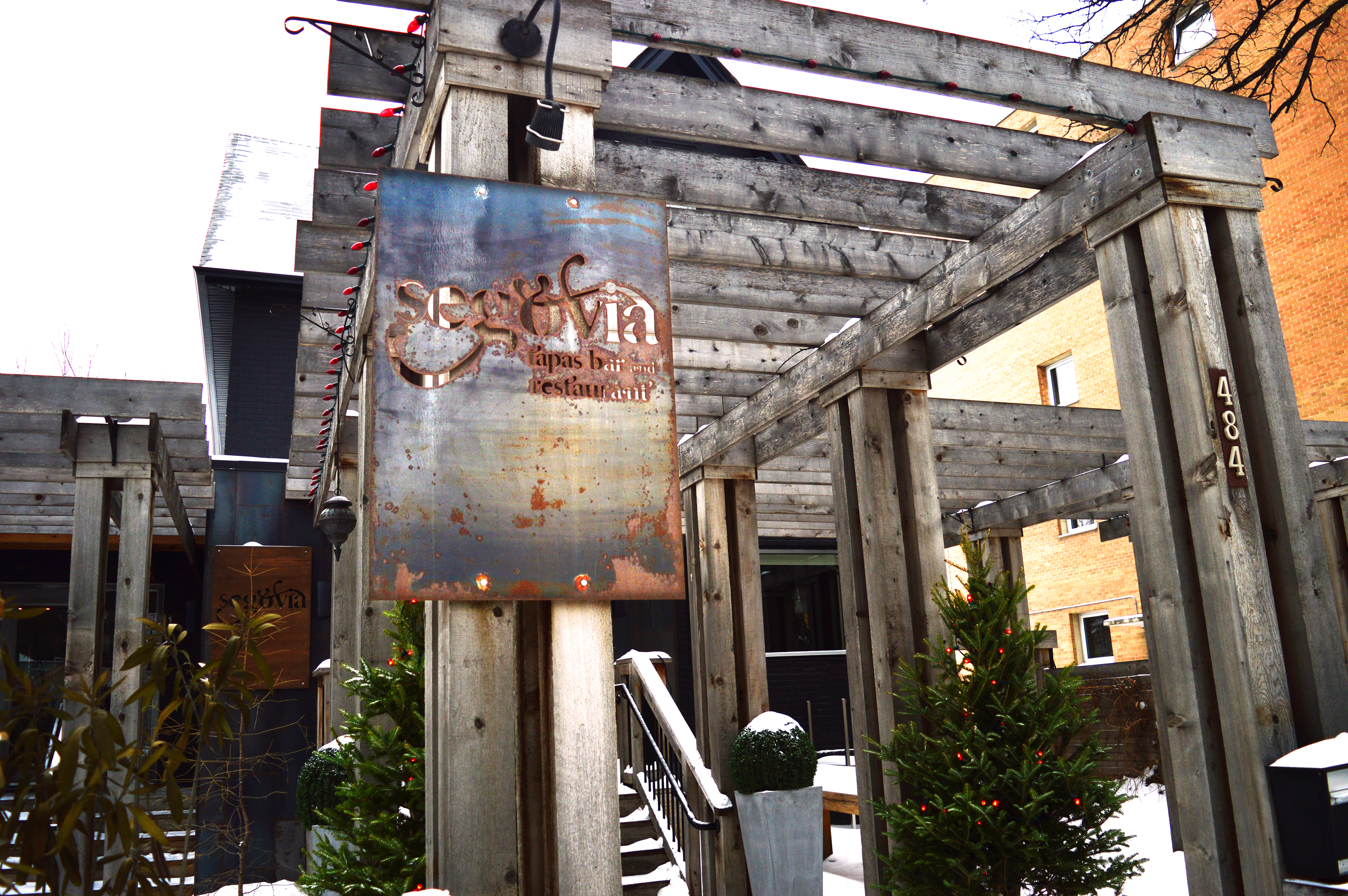Dinner has limitless possibilities. It might be a home-cooked meal that takes hours and is prepared while family and friends hang around drinking wine, or it may be half of a leftover Subway sandwich eaten in the car between school and work, which unfortunately drips mayo onto your only clean pair of pants.
When it comes to picking a restaurant to eat at, the number of options is equally vast – especially as Winnipeg is becoming a culinary hotspot. Winnipeg has seen a boom of ethnic cuisine, and is home to an impressive number of spots that can offer local, organic, vegan, or vegetarian food.
More recently, tapas restaurants have become a must-try for many Winnipeggers, and when they go they aren’t disappointed. For those of you who aren’t sure what tapas are but know that they sound vaguely delicious, they are essentially small Spanish appetizers.
Segovia’s tapas menu includes items such as roasted quail together with confit piquillo peppers, aioli, and pickled red onion, to give an example. Just perusing the menu is enough to work up an appetite.
Dylan Wallace, a Segovia employee, said that customers can choose to dine two different ways.
“You can be in and out in 45 minutes and order a couple of things,” said Wallace. “Or you can make a whole night of it, come in with a few friends, eat almost the entire menu, and stick around for two hours.”
The thing about tapas is they’re made to share. Rather than ordering your own meal, everyone tries everything, which makes it much more of a shared activity.
“A lot of people will want to order entrees,” said Cory Ralke, a server at tapas restaurant, Deseo Bistro. “But we try to coerce them into sharing. That way everyone converses over the food and they’re on the same level.”
Dinner becomes less about shovelling food down as fast as possible, and more about the experience of eating, because as Wallace believes, “it’s fun to go to dinner.”
Tapas restaurants certainly are making dinner an event, which would explain why people go to them not only when they don’t have the energy to cook, but for occasions such as birthdays, anniversaries, and engagements, according to Wallace.
“It gives people a chance to try a lot of different foods,” said Ralke. “Everyone is so used to chain restaurants, and this gives them a chance to come out of their shell.”
Both restaurants are designed to make dinner relaxing and comfortable. In turn, the staff has a chance to get to spend time with their clients and really connect with them which, according to reviews, is a large part of what makes the experience memorable and what keeps staff turnover down.
Ralke added that he hopes the success that restaurants like Deseo and Segovia have will lead to similar places opening, which would improve Winnipeg’s cultural food scene. In a city where food and ambience make up so much of our entertainment, it’s hard to argue with that logic.

